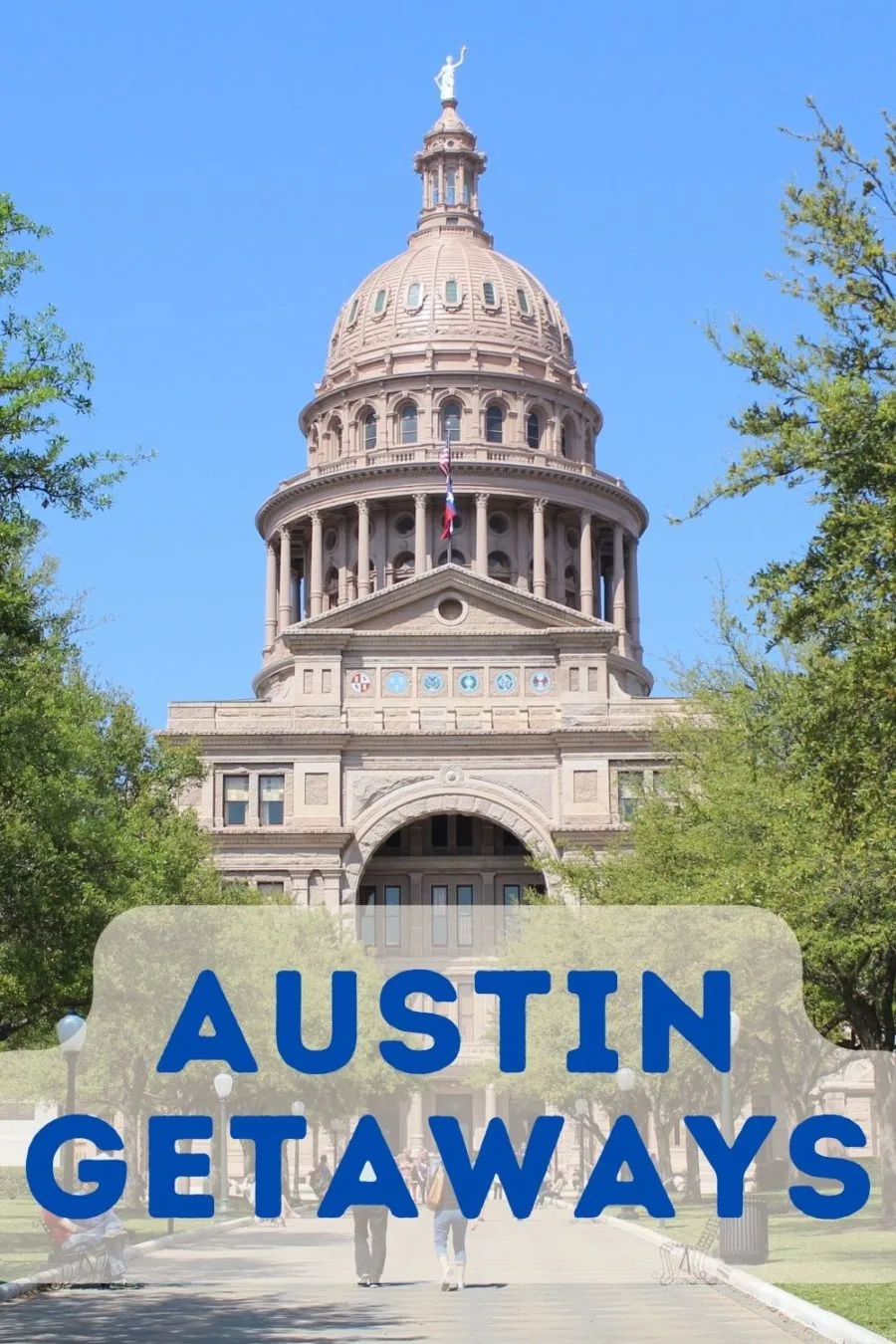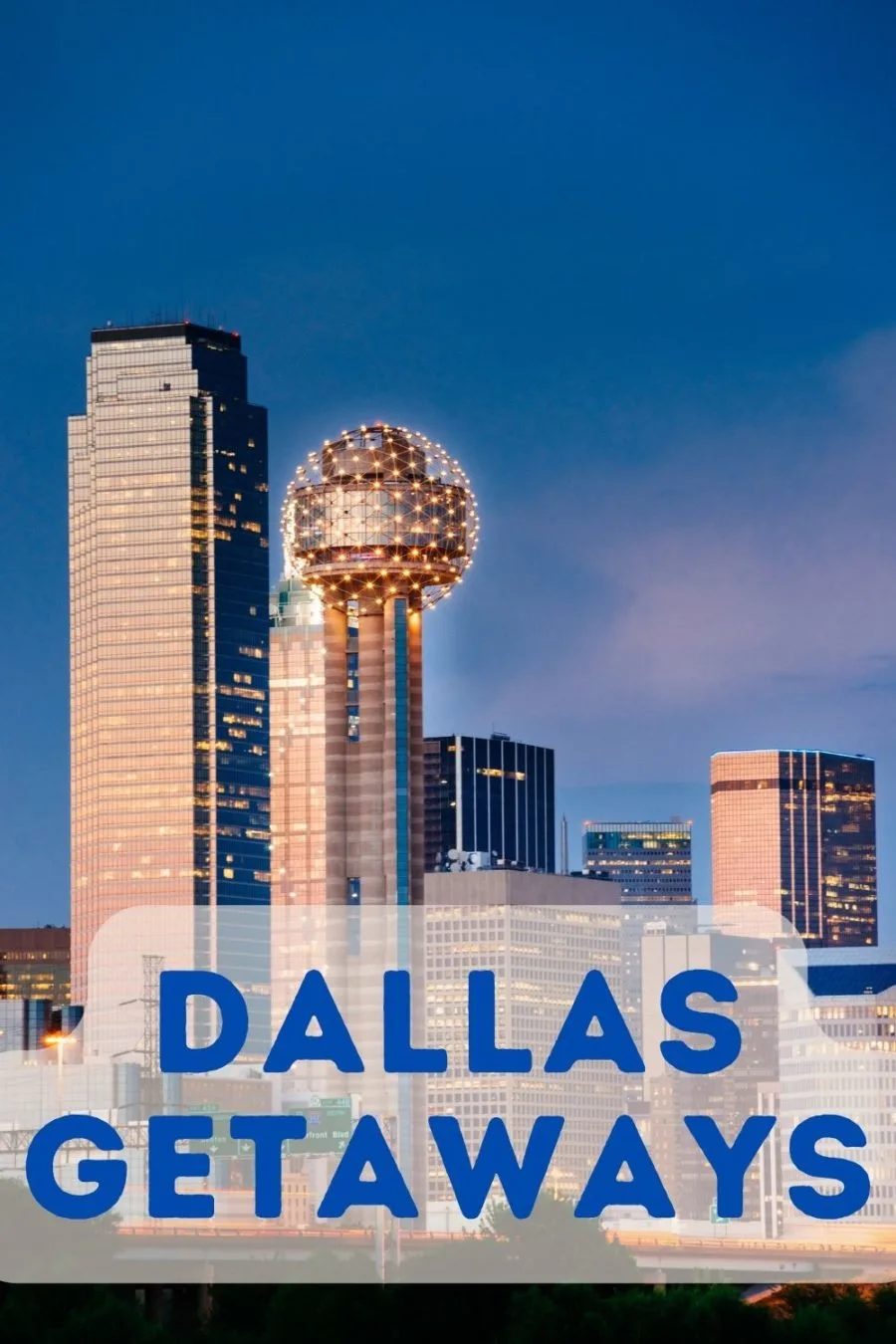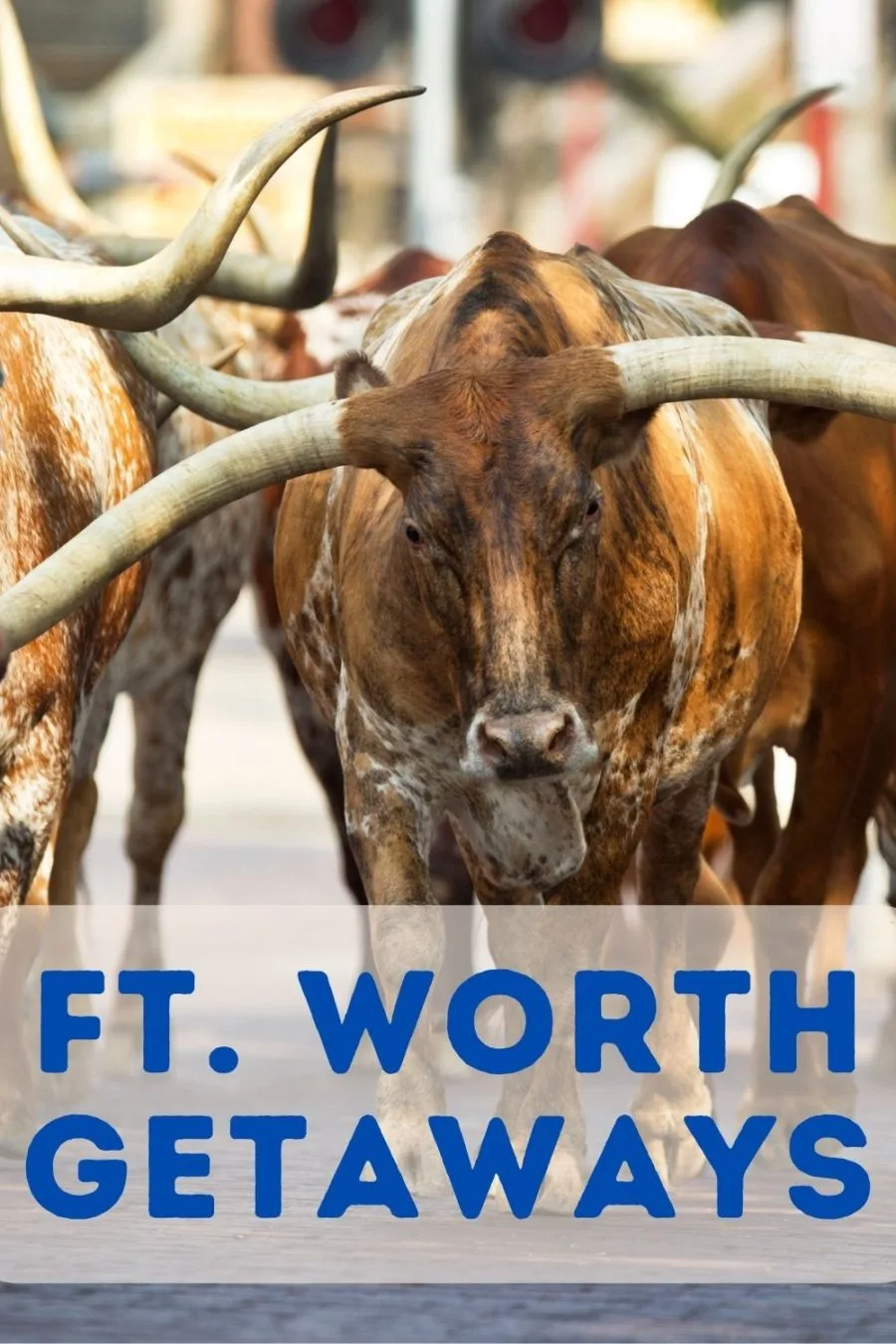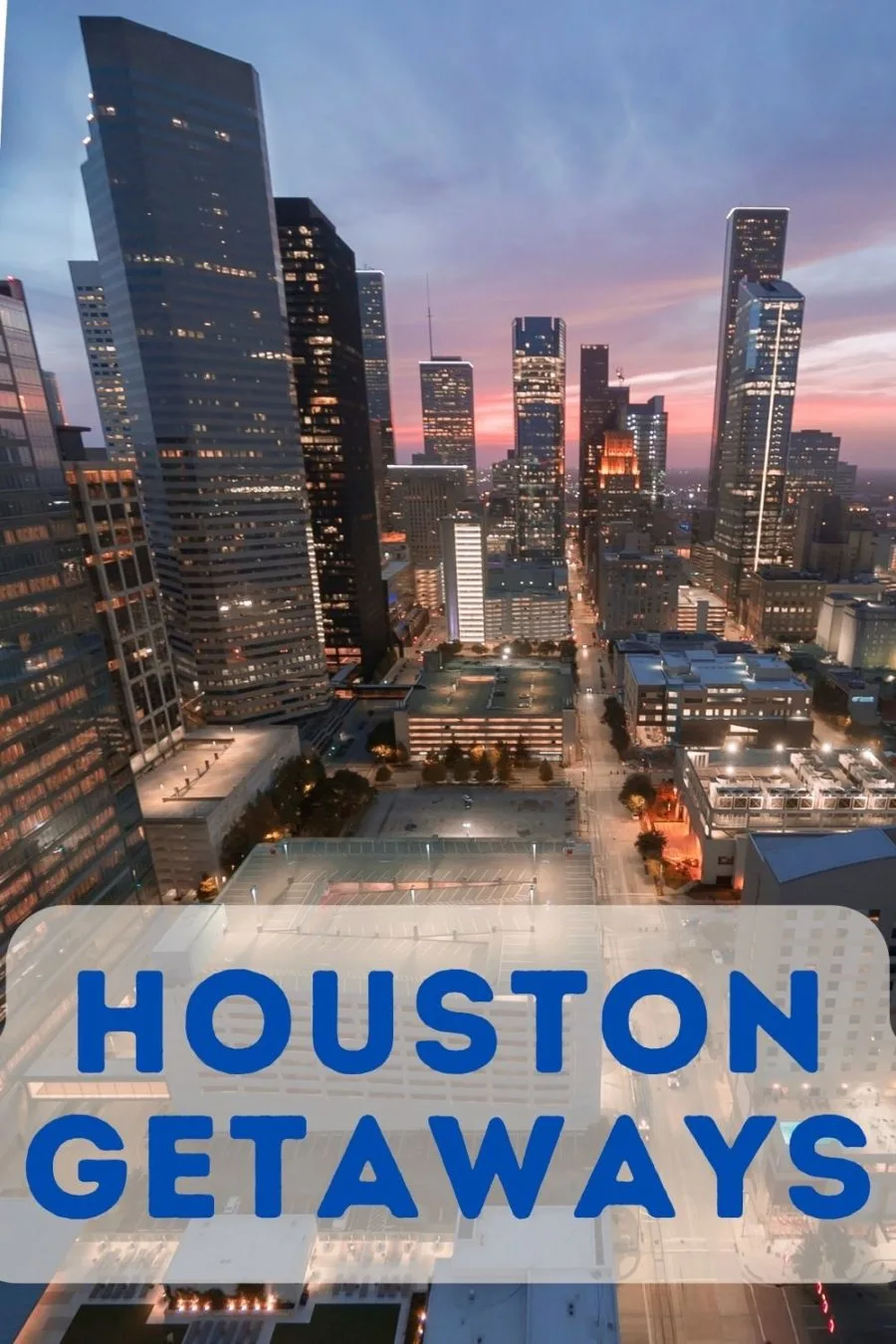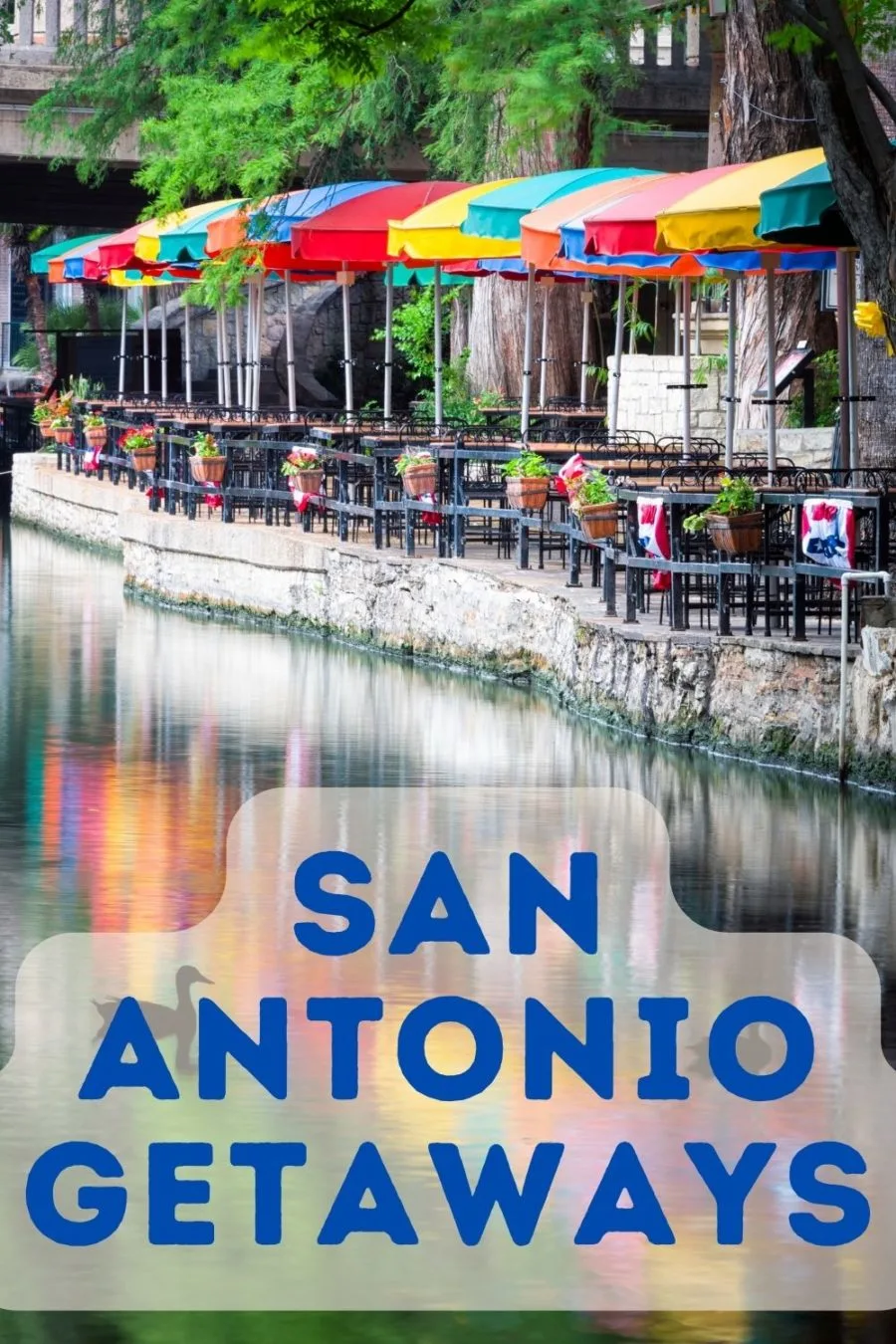From small communities to Texas’s fast-growing cities, you’ll find no shortage of great getaways across the Lone Star State. We’re breaking down the state into the biggest city getaways as well as the Texas regions where you’ll find a, well, Texas-size list of options any time of the year!
Table of Contents
Major Texas Cities
Texas Regions
Texas is a big place; even during an extended vacation, most travelers will concentrate on just a few regions of the state.
State tourism efforts designate seven Texas Travel Regions: Big Bend Country, Gulf Coast, Hill Country, Panhandle Plains, Piney Woods, Prairies and Lakes, and South Texas Plains.
To order a free Texas Travel Guide and a Texas state map, visit www.traveltex.com, the official Texas tourism site. You can also download free podcast walking tours of the major cities.
Piney Woods of East Texas

Bordered on the north by Texarkana, on the east by Texas’s only natural lake, Caddo Lake, to the west by onetime rollicking Fort Worth and to the south by historic Waxahachie and the first rumblings of the Hill Country, East Texas is a land of piney woods, antiques shops, hallowed century-old neighborhoods, and long-time residents proud of their roots and their property.
The preservation of things past is a theme that extends throughout much of east Texas. As you travel west from Shreveport, Louisiana, to Dallas on I-20, detour to Canton, Jefferson, Gladewater, Pittsburg, and Mount Pleasant; you’ll discover that the woods lining the highway drape an antiques shopper’s paradise. Marshall, where potters have been mining clay from east Texas’s rolling hills for more than a century, turns out more than a million pots each year. In Rusk, the Texas State Railroad Historical Park’s ancient steamers take visitors on a 19th-century train ride.
Prairies and Lakes
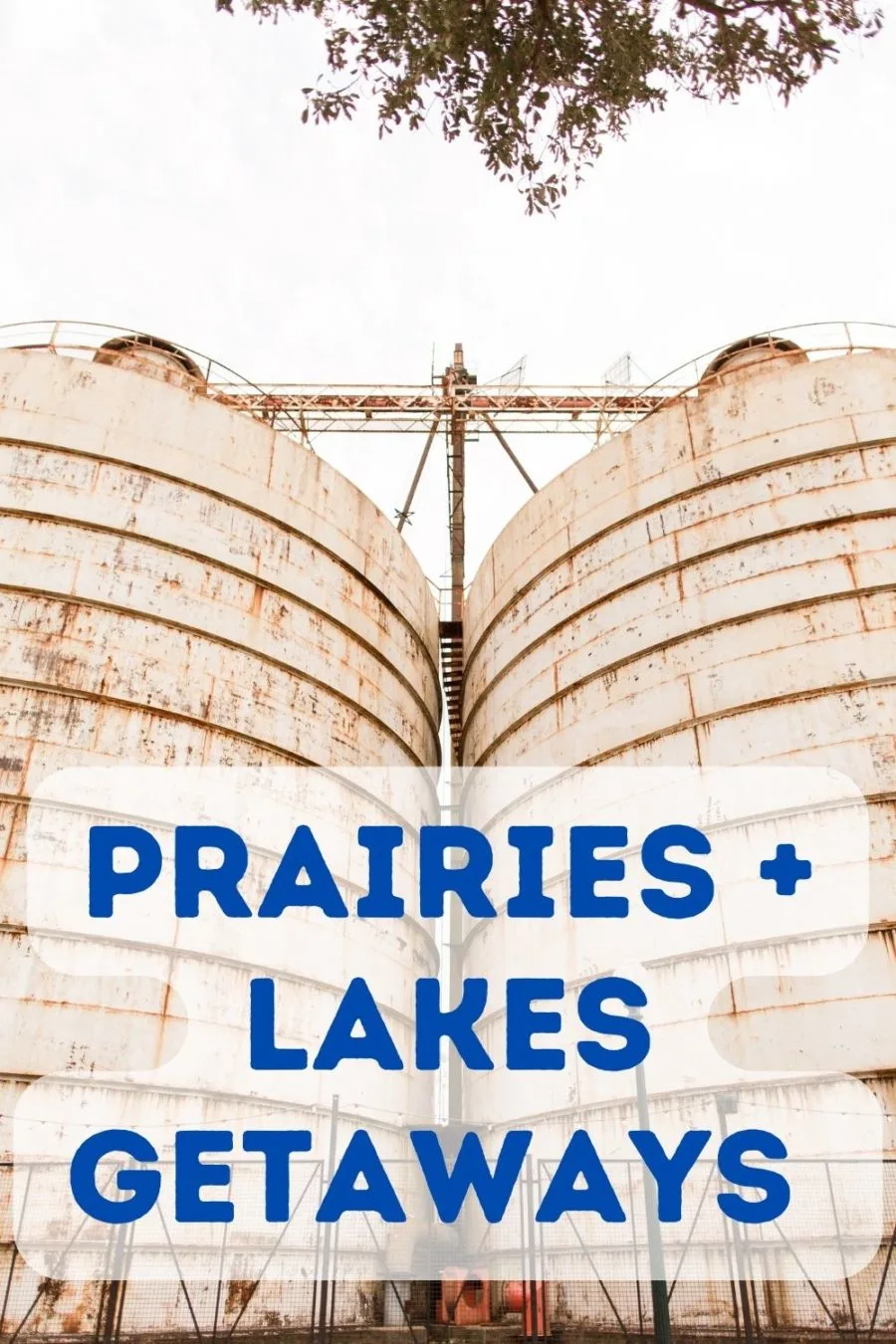
East Texas’s piney woods change abruptly, however, as the shiny, sharply angled skyscrapers of Dallas come into view. Dallas is defined by the progress of “bidness”—the forward march of bankers, high-techsters, and oilmen—and the tearing down of the old and the building of the new. Its critics say Dallas is a city obsessed with appearances. And indeed, this metropolis offers a beautiful skyline, a thriving nightlife, championship sports teams and more.
Yet, for all these attractions, visitors from around the world still mostly come to Dallas to view the totems that recall the city’s greatest shame—the Texas School Book Depository, the grassy knoll, the site on Commerce Street downtown where President John F. Kennedy was fatally shot.
About 30 miles west of Dallas, the city of Fort Worth manages to retain the flavor of its Wild West past while burgeoning as a modern city. The former rip-roaring cowboy town, known for its gunfights and cattle drives, has preserved its roots both institutionally, through the maintenance of the historic Stockyards, and culturally, through the down-to-earth approach to life that still permeates the city. But Fort Worth is no backwater; its cultural establishment is the envy of many larger cities, including Dallas. Some may sneeringly dismiss it as “Cowtown,” but in many respects the city provides the best of what both tradition and progress have to offer.
Along with the Dallas-Fort Worth Metroplex, the region includes areas termed the Post Oak Belt, the Blackland Belt, the Grand Prairie, and the East and West Cross Timbers. These prairie regions are home to fertile farmlands.
Hill Country
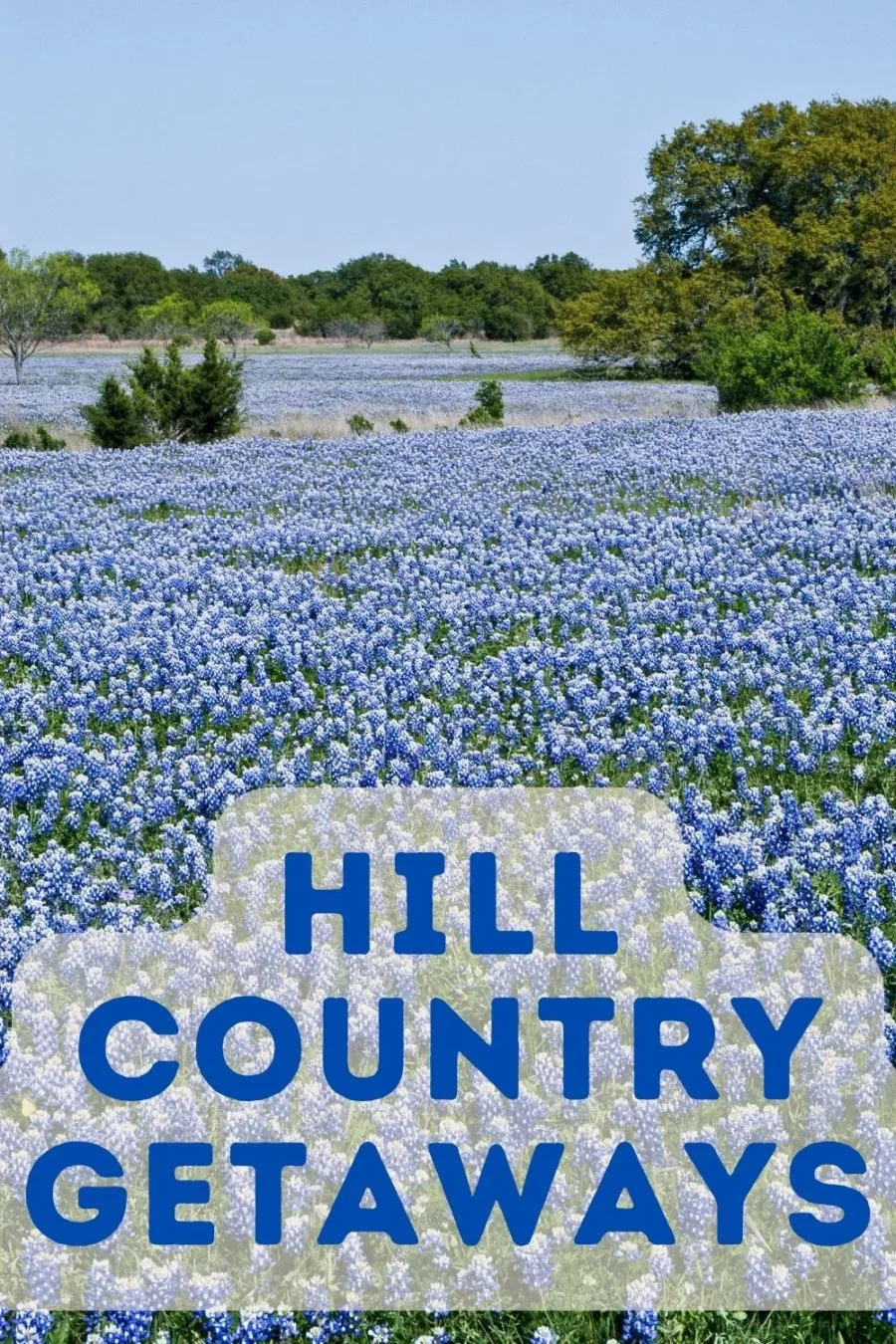
The heart of Texas is a place of hills and valleys, of small towns and major metropolitan areas of San Antonio and Austin. All in all, San Antonio, Austin, and the Hill Country form Texas’s most intriguing triangle, in terms of the area’s geography and its diverse mix of cultures and attractions. German settlers left a thick accent on Comfort and Fredericksburg and New Braunfels, where the wurstfests are as common as the pink granite hills, blanketed with cedars and live oaks, that define the region.
Native American, Mexican, and Polish cultures have melded in Bandera, the state’s dude ranch capital. A politician who started out along the Pedernales River and ended up in the White House left a mark on the Hill Country, too—in the town of Johnson City.
You should find a cure for whatever ails you somewhere in these parts. Choose from the gently rolling hills and friendly little towns of Hill Country; the cheering hubbub of San Antonio’s River Walk or the beer gardens of Fredericksburg; the soothing natural springs in San Marcos and Austin; or rivers ripe for water sports, among them the Guadalupe, Medina, Blanco, Pedernales, and Llano.
The Texas Hill Country is one of the most popular vacation areas in the Lone Star State. Austin, the capital city, is the gateway to the region known for its rolling hills dotted with juniper and majestic live oaks and tinted year around with colorful wildflowers. Ranches, wineries, state parks, lakes, and winding rivers tempt canine travelers to break away for a couple of days of country fun.
This portion of the state was shaped by an earthquake roughly 30 million years ago. The convulsion buckled strata of limestone and granite into rugged hills and steep cliffs. The dividing line created by the earthquake, the Balcones Escarpment, zigzags down the state and divides the eastern flat farmland with the western rugged ranchland.
Geographically the Hill Country was shaped by an earthquake but culturally its influences came from many lands. German settlers founded Comfort, Fredericksburg, and New Braunfels and their impact is still seen in the communities’ architecture, food, and festivals. Native American, Mexican, and Polish cultures have melded in the dude ranch capital of the world, Bandera.
More recent history is the focal point of Johnson City, birthplace of Lyndon B. Johnson, and nearby Stonewall, where the Texas White House is now part of a state and national park that welcomes four-legged travelers. LBJ was instrumental in the construction of the Highland Lakes, a chain of lakes where Fidos can frolic. State and county parks, lakeshore cottages, and even canoe trips welcome man’s best friend.
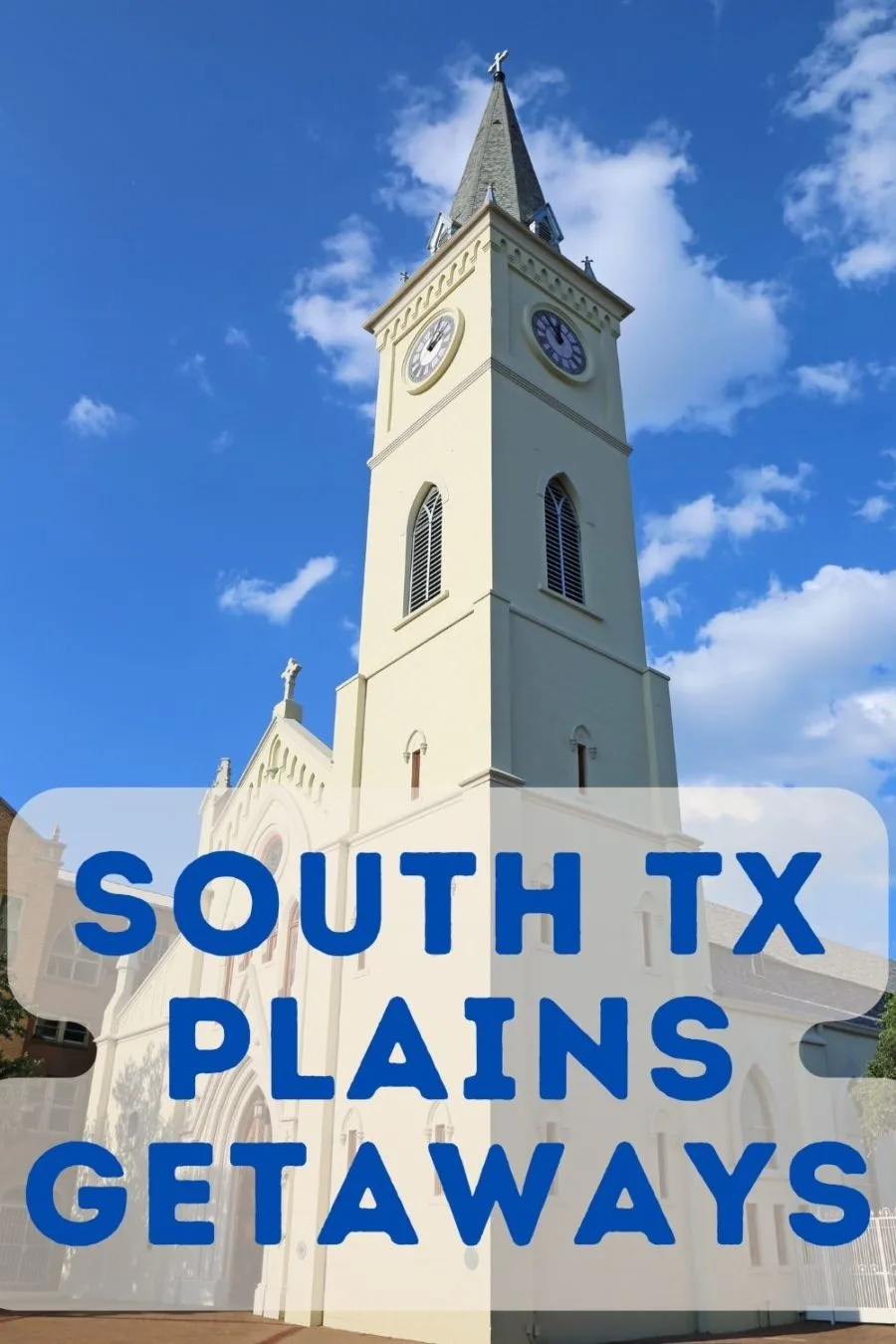
South Texas Plains
Stretching from south of San Antonio to the Rio Grande Valley, the South Texas Plains region is dotted with historical sites, from missions to the ranches that first settled this area.
Texas’s top vacation destination is San Antonio, a city that Will Rogers once described as one of only three unique cities in the country. (Wonder what the other two were? San Francisco and New Orleans.)
The Alamo City is also the gateway to the South Texas Plains, a region that extends to the Mexico border and south to the Rio Grande Valley, a region filled with miles of citrus groves and coastal flats dotted with birds from throughout North America.
A favorite with birders from around the world as well as with Winter Texans that call this area home during cold weather months, the Rio Grande Valley is filled with miles of citrus groves and coastal flats dotted with birds along major flyways.
Gulf Coast

This favorite vacation destination stretches from the Sabine River at the Louisiana border to the Lower Rio Grande Valley and the US-Mexico border, encompassing over 600 miles of beach and numerous coastal communities.This region varies from small fishing villages to modern cities, livened with the sounds of everything from zydeco to conjunto and spiced with dishes from gumbo to gazpacho.
On the northern reaches lies the city of Houston, filled with cultural events, family attractions, and sports events. A short drive from Houston, Galveston is a resort community located on an island and connected to the mainland by bridges.
Midway down the Texas coast lies Corpus Christi and its neighboring communities: Port Aransas, Rockport, Kingsville, and more. This region is a favorite with bird watchers from around the world as well as windsurfers, who come to the area for its near constant breezes and protected sea conditions thanks to the barrier island, Padre.
Padre Island hugs the Texas coast for over 100 miles before giving way to Texas’ southernmost coastal destination: South Padre. This lively community has a semi-tropical climate and is popular with Winter Texans looking for relief from winter’s chill, shoppers looking for bargains in nearby Mexico, and beach lovers who come to enjoy sun and surf.
Panhandle Plains
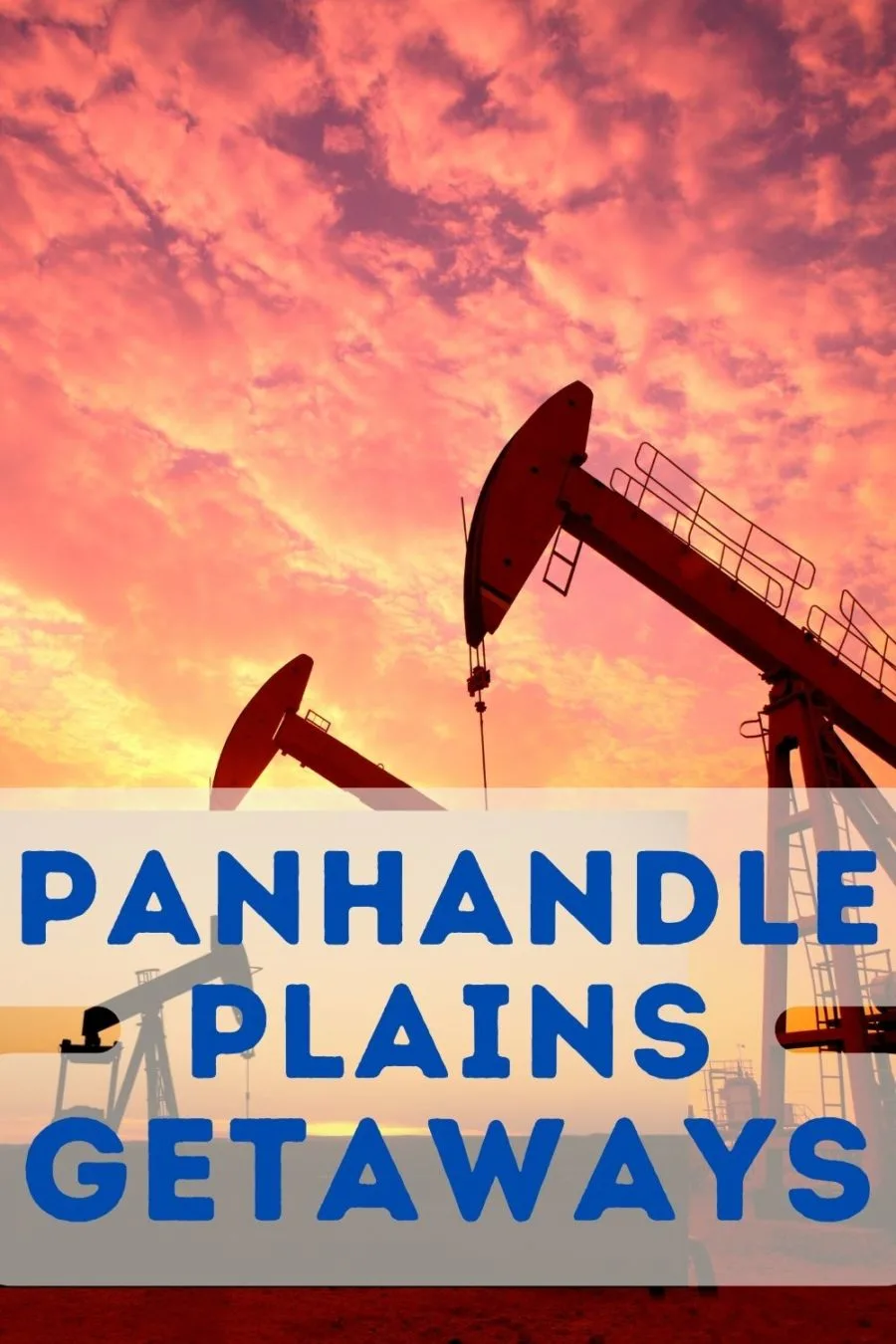
When Francisco Coronado and his explorers arrived in the Panhandle more than 400 years ago, they found the grass high and the terrain devoid of landmarks. Resembling Hansel and Gretel on horseback, the Spaniards drove stakes in the soil to blaze a path across the region they called Llano Estacado, or staked plain.Today, interstates carve the vast, high plains of West Texas into manageable chunks and connect the widely scattered cities.
This is the Texas that many picture with a mention of “the Lone Star State,” a land of leathery-faced cowboys, rolling tumbleweeds, lonesome windmills, and pumping oil derricks. Roads stretch straight to the horizon, and distances are measured not in miles but in hours. Locals consider an 80-mile haul “right around the corner.”
Country singer Mac Davis once sang “happiness is Lubbock, Texas, in my rearview mirror,” but for many this plains community is an oasis. With more than 20,000 students at Texas Tech University, the city has many cultural events. Lubbock is also the heart of Texas’s burgeoning wine business, and its award-winning operations recall the tradition of the staked plain, albeit for grapevines these days.
About 120 miles north, Amarillo is the cultural and commercial capital of the Texas Panhandle. From a humble beginning as a staging area for the Fort Worth and Denver City Railroad in the 1880s, the city became a center for cattle ranching, wheat and cotton farming, and oil production. Amarillo is also the gateway to the nation’s second largest canyon: Palo Duro. Here, majestic cliffs create a backdrop for the Lone Star State’s most popular outdoor drama, the summer production of TEXAS.
Big Bend Country
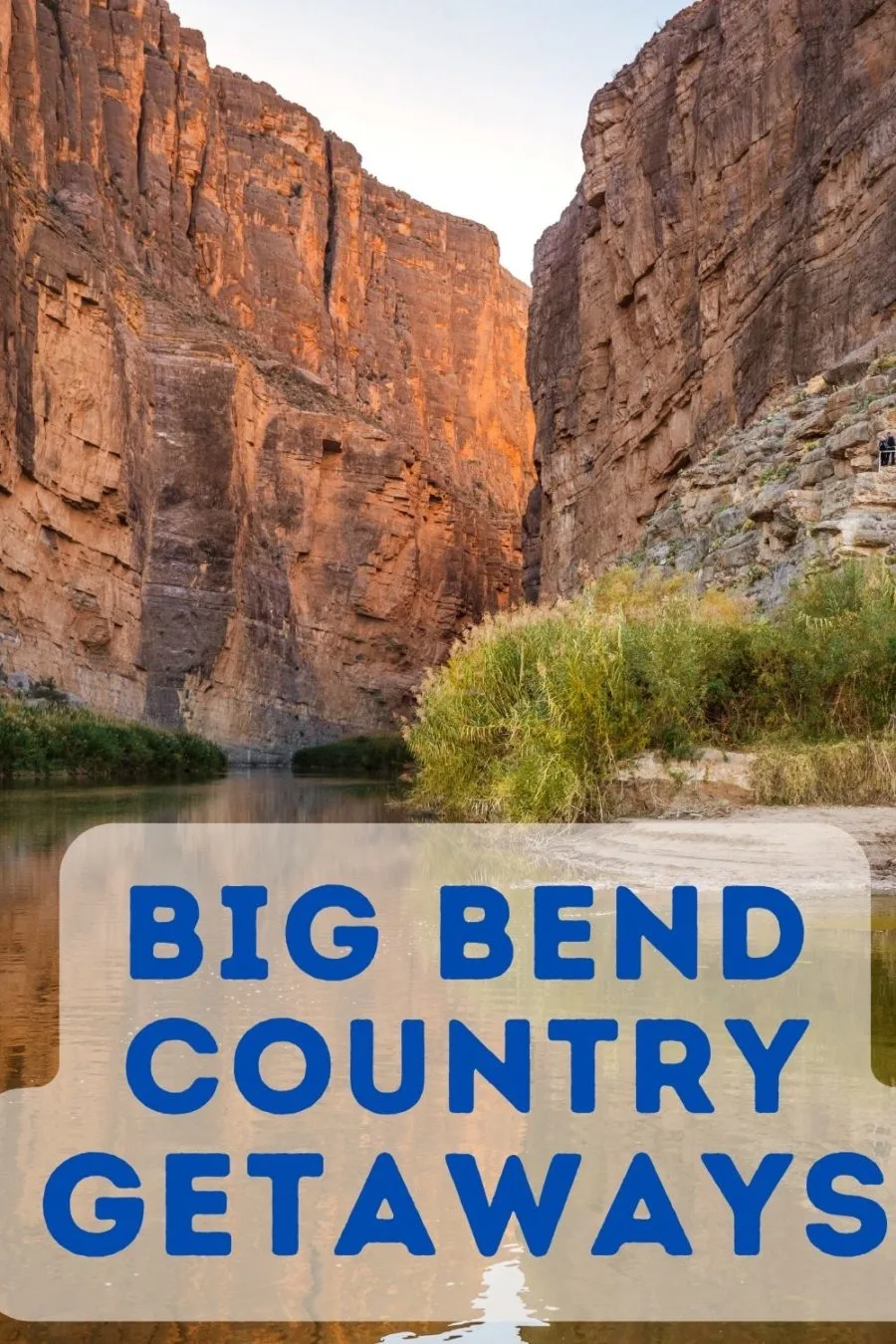
The Big Bend Country is the Texas of movies: miles of rugged countryside, little changed from its Wild West days. This area stretches from the Edwards Plateau to the east all the way west to El Paso and the Mexico and New Mexico borders. Here you’ll find the only mountains in Texas: the Guadalupe Range, an eastern portion of the Rockies and including Texas’s tallest peak, Guadalupe Peak at 8,749 feet. South lie the Davis Mountains, popular as a getaway for those headed to rugged Big Bend. The national park lies south of these mountains, tucked in the region formed by a southward dip in the Rio Grande. Here the Chisos Mountains rise to 7,825 feet.
On the westernmost end of Big Bend lies El Paso, the largest city on the US-Mexico border.

